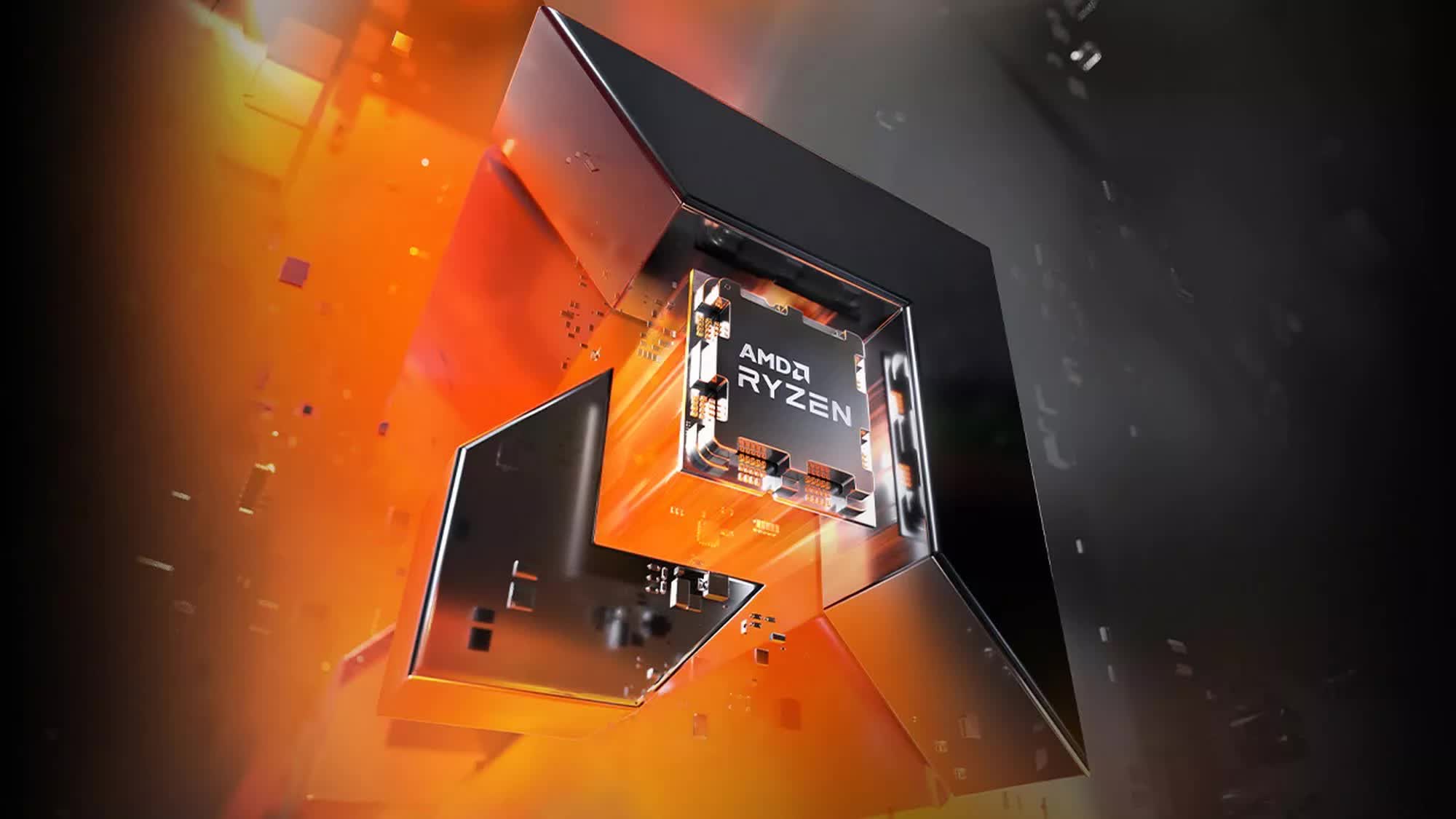A hot potato: AMD appears to be struggling to maintain strong relationships with its laptop partners, according to multiple reports. Tensions between the chipmaker and major laptop OEMs have been escalating, with these manufacturers allegedly frustrated by poor communication and unfulfilled promises.
The situation has become so strained that a report from AC Analysis described it as a “Cold War ice age,” eroding mutual trust between AMD and its laptop partners.
According to the report, the main source of the laptop makers’ grievances is AMD’s focus on enterprise chips at the expense of consumer products like laptop CPUs and GPUs. The laptop OEMs are reportedly frustrated by “miscommunication, unfulfilled promises, and generally poor treatment” from AMD – behavior that some compare to Intel during its peak years.
This perceived shift away from the consumer market aligns with recent comments by AMD CEO Lisa Su, who declared that the company is now “data center-first,” following the news that data center revenue surpassed 50 percent of AMD’s total in the last quarter.
Additionally, AC Analysis highlights a “persistent startup culture” within AMD that seems to be preventing the company from fully capitalizing on its market position.

German outlet ComputerBase echoed similar concerns, reporting that AMD is still grappling with long-standing issues such as supply chain delays that have hindered new laptop launches. One source even claimed that AMD has likely left “billions of US dollars on the table” with its partners over the years due to these persistent challenges.
“In conversation with the many manufacturers for IFA 2024, it became clear that AMD is still struggling with many problems,” ComputerBase wrote. “This is one reason, among other things, why the presentation of new notebooks with AMD chips for the trade fair almost does not happen. AMD still does not manage to deliver chips quickly and [there is] a permanent problem that has been almost known for a decade.”
The lukewarm reception to AMD’s new Strix Point laptop chips among OEMs reflects these frustrations. Customers aren’t eager to buy them, either. According to AC Analysis, AMD’s official website currently lists only five Strix Point SKUs: two from Asus, two from HP, and one from Acer. That’s just three OEMs.
In contrast, Qualcomm’s debut Snapdragon X processors for laptops have garnered significantly more interest, with seven brands offering a dozen different Arm-powered designs. That’s an impressive figure for a newcomer.
“With its first-generation product, Qualcomm managed to secure mentions in corporate presentations from both Intel and AMD,” wrote AC Analysis. The report adds that Qualcomm stealing some of the spotlight from AMD is a “concerning trend,” as newcomers typically take market share from the second-place competitor, not the market leader.
Meanwhile, AMD’s longtime rival Intel continues to dominate the laptop chip market despite recent challenges. Intel is significantly ahead of AMD, projecting over 80 new laptop designs featuring its Lunar Lake silicon across more than 20 OEMs.
Based on these reports, it’s clear that AMD has some work to do in mending relationships with its crucial laptop partners, especially as competition in the CPU/GPU market intensifies.




